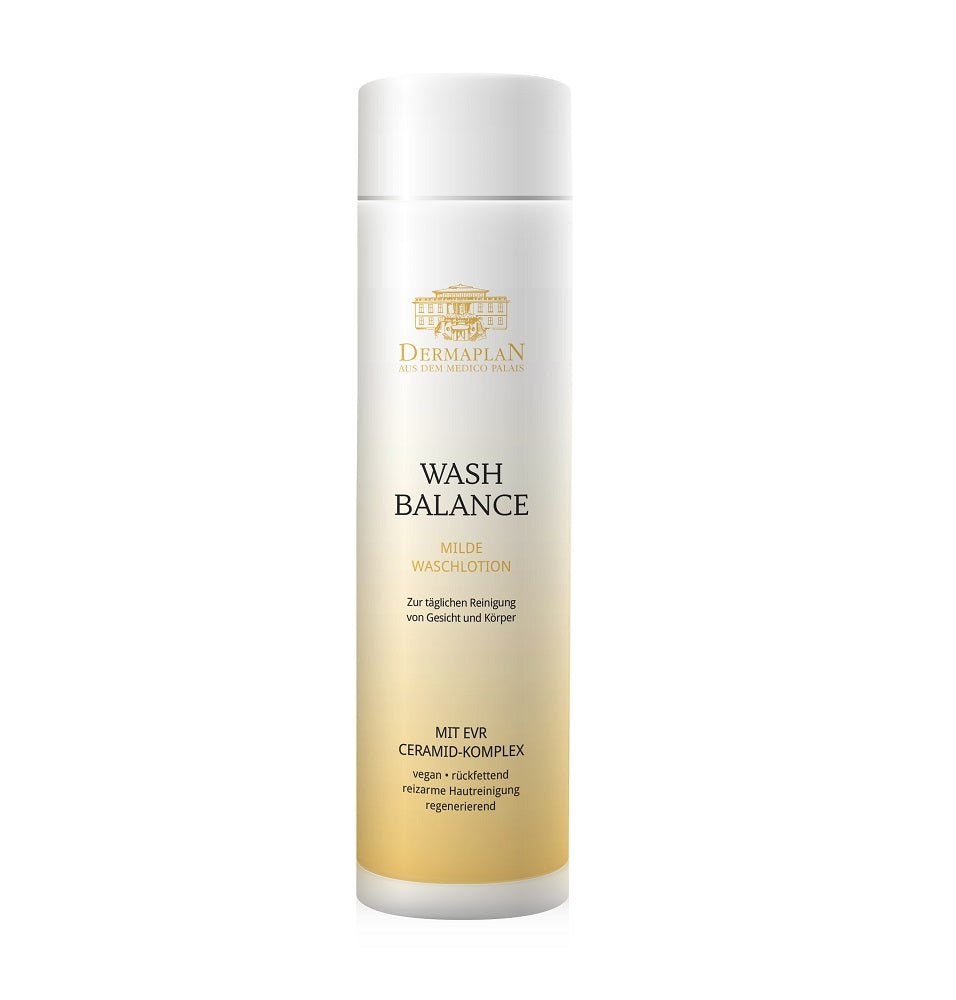DRY SKIN
What is dry skin?
Dry skin lacks oil and/or moisture. This can have various causes, such as reduced sebaceous gland activity or insufficient water-binding capacity. Suitable cleansing and care products can help restore skin's elasticity and suppleness. If a serious condition, such as atopic dermatitis, is suspected as the cause of dry skin, a doctor should be consulted. Approximately 30% of the population suffers from dry skin.
Although the term "dry skin" suggests a lack of water, this skin type often lacks not only moisture but also oil. As a result, the skin is dull, rough, flaky, and less elastic. A slight feeling of tightness or itching may also occur. Symptoms of dry skin: The following signs are typical of dry skin:
• dull, rough and flaky appearance
• low elasticity
• Feeling of tension
• Itching, especially after cleansing
Itching can tempt those affected to scratch. This often causes the skin to become easily injured, making it more sensitive to harmful external influences such as pathogens, temperature fluctuations, UV rays, chemicals (e.g., from cleaning products), or allergy-causing substances (allergens). Furthermore, dry skin reacts more intensely to these harmful external influences than normal skin.
People with dry skin are therefore more prone to skin infections or eczema, which can manifest themselves in the form of redness, blisters or pustules.
Causes of dry skin
Various internal and external factors play a role in the development of dry skin. Internal factors include, among others:
• Hereditary factors, i.e. naturally low sebum production, a lack of fats or a low water-binding capacity of the skin
• hormonal changes during puberty, pregnancy and menopause
• the natural aging process of the skin
• Diseases that lead to dry skin, e.g. neurodermatitis, diabetes mellitus, gallbladder, liver or kidney diseases
External factors include:
• frequent and excessively long washing, showering or bathing with water that is too hot (the temperature should not exceed 32 degrees)
Furthermore, the use of unsuitable cleaning and care products such as soap, shower or bubble baths and creams with unfavorable ingredients such as:
• Emulsifiers (PEG compounds)
• Fragrances, perfume
• Silicones
• Dyes
• Preservatives (parabens etc.)
• Mineral oils (paraffins etc.)
• Animal ingredients that further dry out the skin. Always check the ingredients and, for your skin's sake, avoid the 4 Ps: PEG, perfume, parabens, and paraffin.
• prolonged stay in overheated or air-conditioned rooms
• intensive sun exposure, frequent visits to solariums
• climatic factors such as cold or low humidity
• occupational skin stress, e.g. in the hairdressing, bakery, catering or construction industries
Treatment of dry skin
The treatment of dry skin essentially involves three strategies:
• the application of preventive measures to prevent the worsening of the dry skin condition
• Treatment by the affected person with care products that are as emulsifier-free as possible, a cream for dry skin
• medical treatment if dry skin occurs in connection with a chronic disease, e.g. neurodermatitis.

